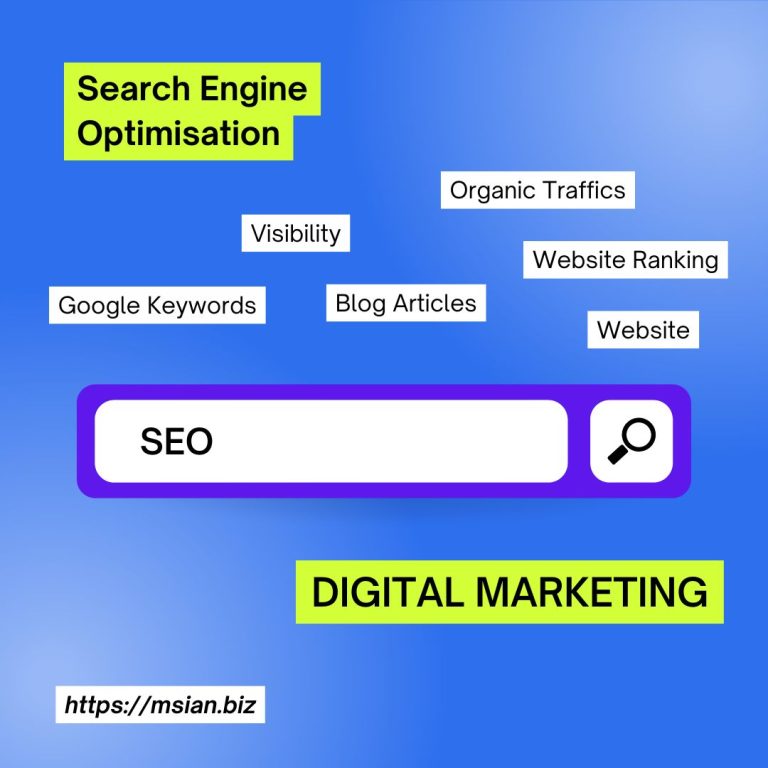
Category pages are the unsung heroes of e-commerce websites. They act as digital shopfronts, enticing customers and guiding them towards the perfect purchase. But are you maximizing their potential? Often overlooked in SEO strategies, optimized category pages can be goldmines for organic traffic and sales.
Roadmap to unlock the SEO power of your category pages:
-
Craft Customer-Centric Categories:
It all starts with user experience. Ditch the jargon and organize categories logically. Think of how customers would navigate your store. Take inspiration from competitors, but personalize the experience for your brand.
-
Build a Navigation Hierarchy:
Imagine a well-organized filing cabinet. That’s the goal! Use clear URLs that reflect the category hierarchy. For example, “[invalid URL removed]” tells both search engines and users exactly where they’ve landed.
-
Title Tags & Meta Descriptions: Write Compelling Headlines
These are your shop window displays in search results. Craft clear, concise title tags that include relevant keywords users might search for (think “women’s cocktail dresses”). Meta descriptions are your chance to entice clicks with a captivating product description (but avoid keyword stuffing!).
-
Consistency is Key: Maintain a Uniform Layout
Imagine a customer walking into a familiar store. A consistent layout across category pages fosters a sense of ease and recognition. Shoppers know where to find what they need, leading to a smoother browsing experience.
-
Keep it Short & Sweet: Focus on Actionable Content
Don’t overwhelm visitors with lengthy product histories. Instead, provide concise descriptions with product USPs, sourcing details, and clear calls to action.
-
Answer Burning Questions: Embrace the Power of FAQs
This is a win-win for SEO and customer satisfaction. By addressing frequently asked questions (FAQs), you can incorporate relevant keywords, build trust, and potentially land in Google’s “People Also Asked” section.
-
Leverage Social Proof: Sprinkle in Customer Reviews
Reviews are like testimonials for your products. Displaying customer reviews on category pages builds trust and increases conversion rates. Research shows positive reviews are a major purchase decision factor.
-
Prioritize User Experience: Optimize for Browsing Delight
A smooth browsing experience is crucial. Ensure your category pages load quickly (optimize images!), utilize clear headings, and offer helpful filtering and sorting options. Don’t forget to include relevant product details!
-
Visually Appealing? You Bet!: Showcase Products with High-Quality Images
High-quality visuals are essential. Showcase products in action, use multiple angles, and optimize for both feature and thumbnail views. Remember alt text – it helps both search engines and visually impaired users understand your images.
-
Internal Linking: Connect the Dots
Category pages are natural hubs for internal linking. Every product you display is an internal link! But don’t stop there. Create sections like “Popular Categories” or “Editor’s Picks” to link to relevant categories, and utilize breadcrumbs for smooth navigation.
-
Embrace Structured Data: Send Search Engines Clear Signals
Structured data acts as a cheat sheet for search engines, helping them understand your content. Consider using relevant structured data formats to enhance your category page SEO.
-
Conversion Rate Optimization: Don’t Forget the Finish Line
While SEO brings them in, conversion rate optimization (CRO) closes the deal. Test different on-page elements to see what drives conversions. A/B testing different layouts, calls to action, and product presentations can yield surprising results.
By implementing these 12 SEO optimization strategies, you can transform your category pages from neglected corners to powerful traffic magnets. Remember, a focus on user experience goes hand-in-hand with SEO success. So, optimize, test, and watch your category pages become the pillars of your e-commerce SEO strategy!
